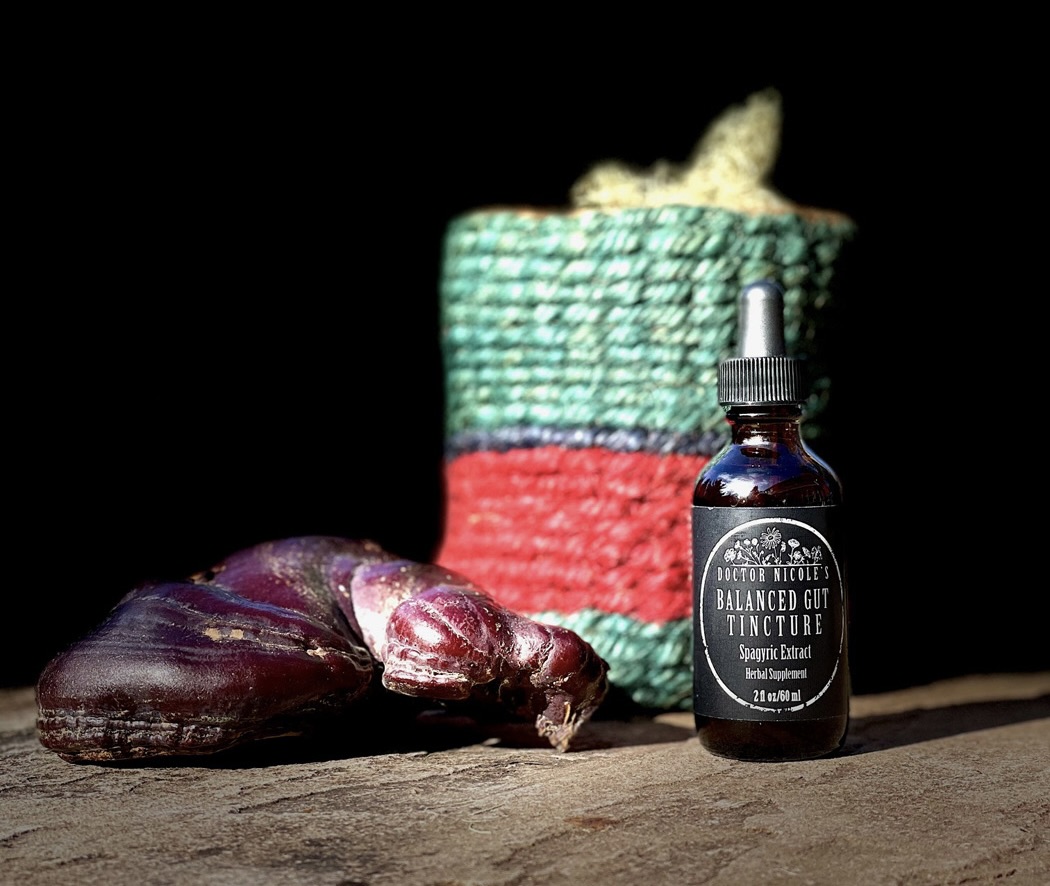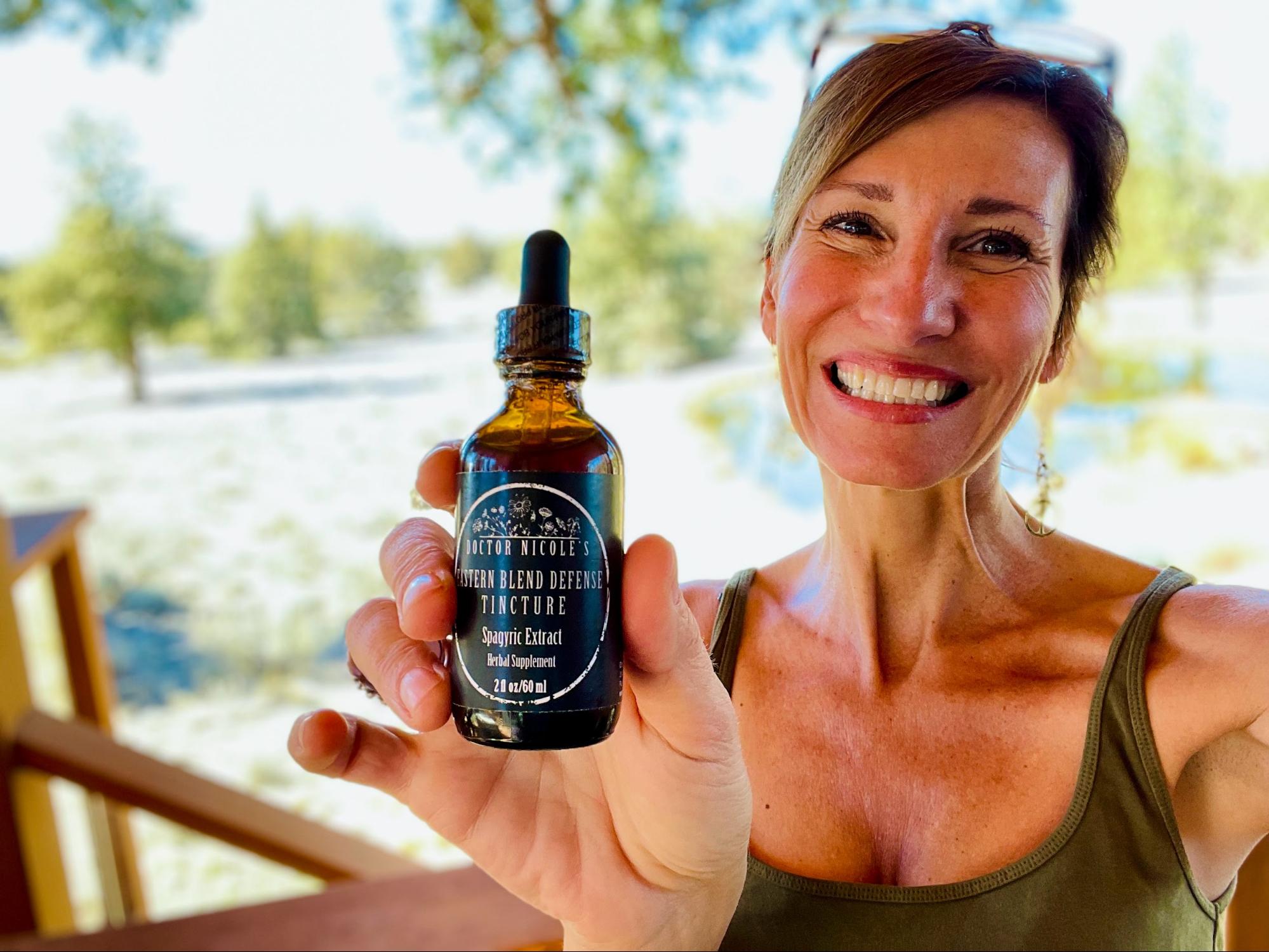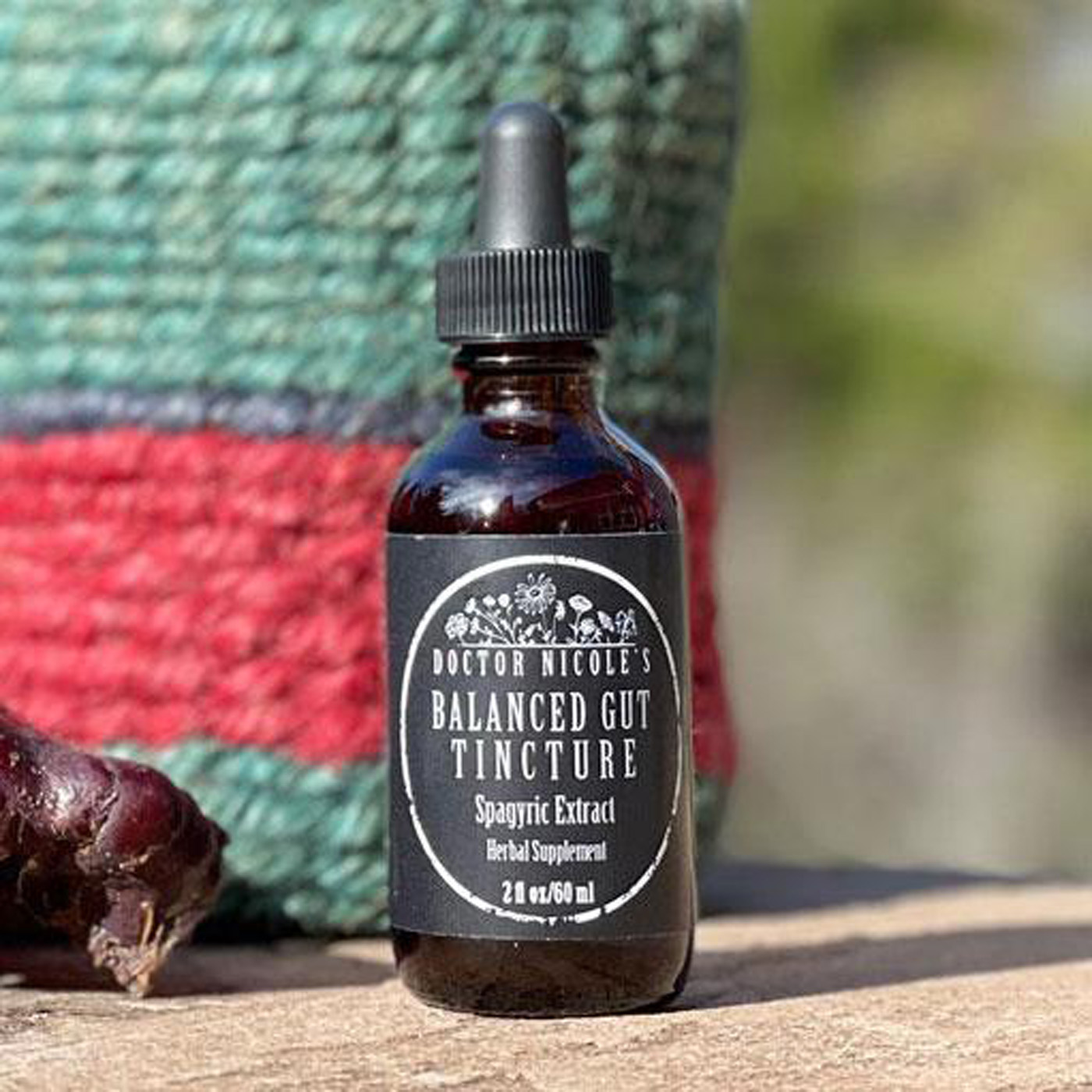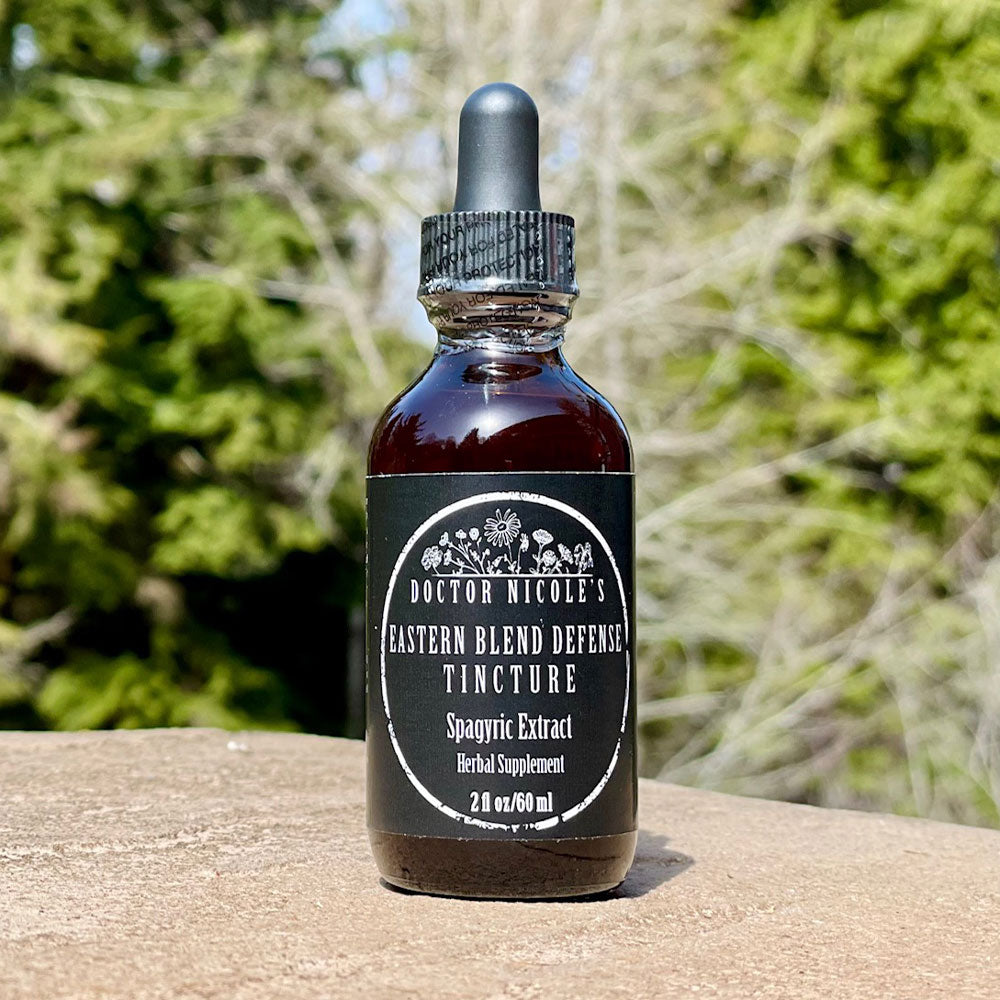An Uptick of Vector-Borne Disease
With historic warming temperatures in North America and around the world, infectious disease experts have been concerned for years that vector-borne illness would become an increasing problem — which is exactly what we have seen with Lyme disease and an estimated 476,000 new cases every year in the USA alone.5 However, researchers are warning about another disease carried by ticks that is rapidly spreading across America: babesiosis, otherwise known as “American malaria”.
Alarming Rate of Infection
Along with Lyme disease, Rocky Mountain spotted fever, Heartland virus, and Powassan virus, babesiosis is caused by the bite of an infected black-legged tick. Similar to malaria, it is caused by a parasite that infects red blood cells — only with babesiosis it is carried by ticks, not mosquitoes. As with malaria, babesiosis causes headache, fever, chills, nausea, vomiting, anemia, altered mental state, low blood pressure, respiratory issues, and more.
According to a recent study published in October, researchers have established vector-borne diseases are becoming a serious problem with infection of Babesia especially prevalent.1 The team studied over 3,500 Americans diagnosed with babesiosis between 2015 and 2022. Their most striking finding is how quickly the disease is erupting across the USA with a nine percent increase each year. The researchers believe this is due to a warming climate that allows for an expanded range of the black-legged tick. The Northeast has been hit particularly hard with a 1,422% increase in infection from 2011 to 2019, and a 1,602% increase in Vermont alone during the same time frame.2
Interestingly, having Lyme disease appears to be protective against the risk of death from babesiosis, says Paddy Ssentongo, an infectious disease fellow, Penn State Health Milton S. Hershey Medical Center and lead author of the study.
“Having both babesiosis and Lyme disease seemed not to be associated with worse mortality,” he said, noting the finding was surprising. “It’s speculated that the concurrent presence of other tick-borne infections in the blood could alter the immune response by possibly ‘boosting’ it to effectively fight infections.”3
Regardless of the protective effects of coinfections, babesiosis is a serious disease that can be life-threatening due to its impacts on the liver, heart, and renal systems, as well as disseminated intravascular coagulation (DIC). The best protection is to avoid being bit in the first place, but if you love the outdoors as much as I do, vigilance is necessary. Below are several suggestions to get you started.
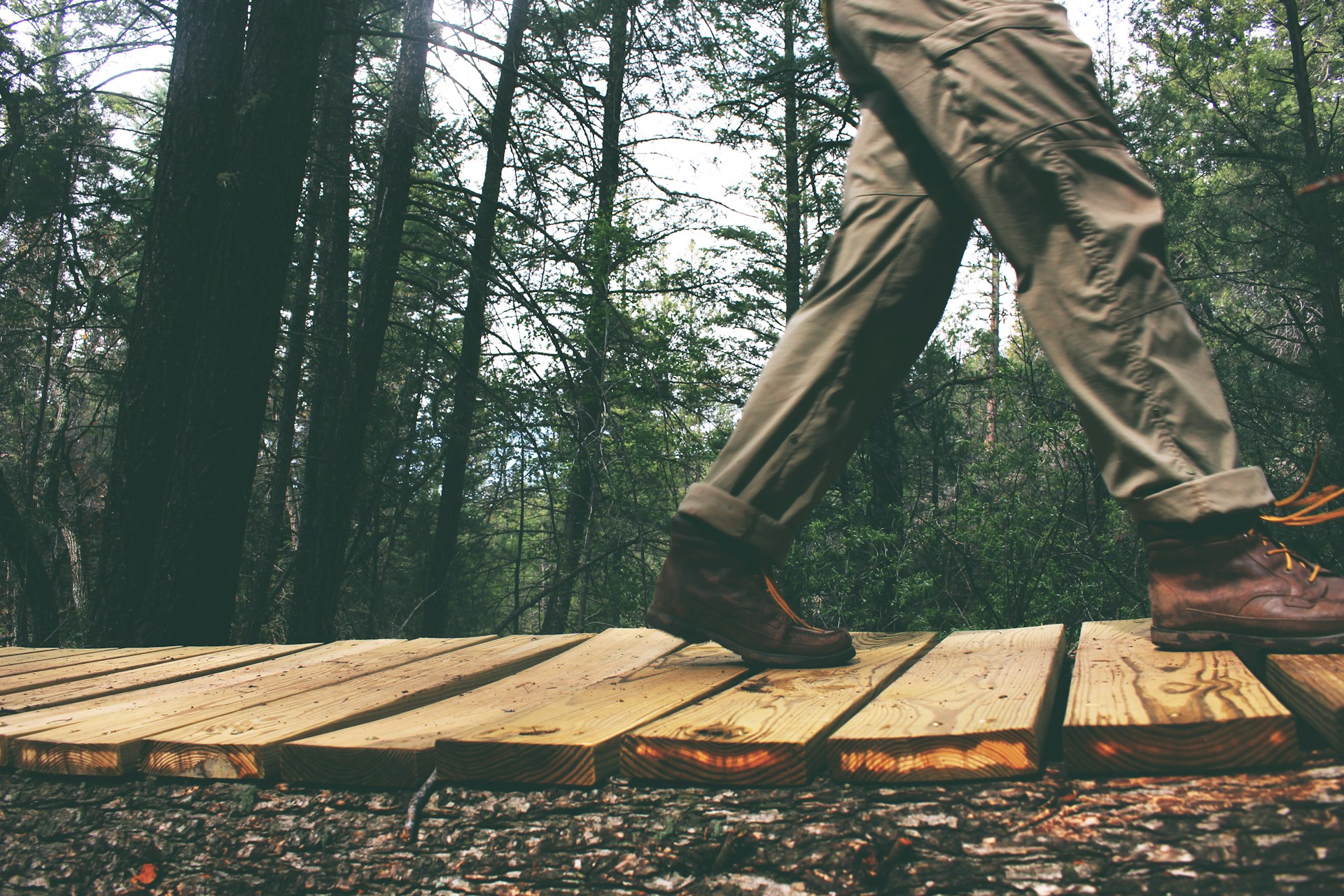
Prevention
Best practices for avoiding tick bites include wearing light-colored, long-sleeved shirts, pants, and socks when spending time in natural spaces — including your yard and urban parks. You can also use pant leg ankle straps used for bicycling to help prevent ticks from crawling up the inside of the leg. Alternatively, you can tuck pants into your socks. Wearing a sunhat protects against ticks falling from leaves and branches overhead.
Always thoroughly check for ticks on yourself and your pets after spending time outdoors. If you do find a tick, proper removal is crucial:
- Use clean, fine-tipped tweezers to grasp the tick as close to the skin’s surface as possible.
- Pull upward with steady, even pressure. Don’t twist or jerk the tick; this can cause the mouth parts to break off and remain in the skin. If this happens, remove the mouth parts with tweezers. If you cannot remove the mouth easily with tweezers, leave it alone and let the skin heal.
- After removing the tick, thoroughly clean the bite area and your hands with rubbing alcohol or soap and water.
- Never crush a tick with your fingers. Dispose of a live tick by putting it in alcohol, placing it in a sealed bag/container, wrapping it tightly in tape, or flushing it down the toilet.4 Some states, such as New York, will test ticks for disease if you mail it in.
DIY Tick Repellent Recipe: To make a natural tick-repellent spray, mix 5-6 drops of oregano essential oil for every ounce of carrier oil and pour into a small spray bottle. It can be sprayed on your skin and clothing, but it is always a good idea to spot-test fabric first to avoid staining. Reapply thoroughly every hour or two.
As I wrote in “Alpha-Gal Syndrome (Red Meat Allergy) Is On The Rise. Here’s How To Defeat It“:
“Some report drinking 2-3 cups of Cistus incanus (hairy rock rose) tea per day will help to naturally repel ticks, mosquitos, and other biting insects, but these accounts are anecdotal and haven’t been tested in a clinical setting. However, studies have shown the herb is highly effective against the spirochete that causes Lyme disease, Borrelia burgdorferi. It also has powerful antiviral, antibacterial, and antioxidant properties.”
Several additional plant-based remedies may be helpful for healing babesiosis and addressing symptoms. Each is detailed in the following section.
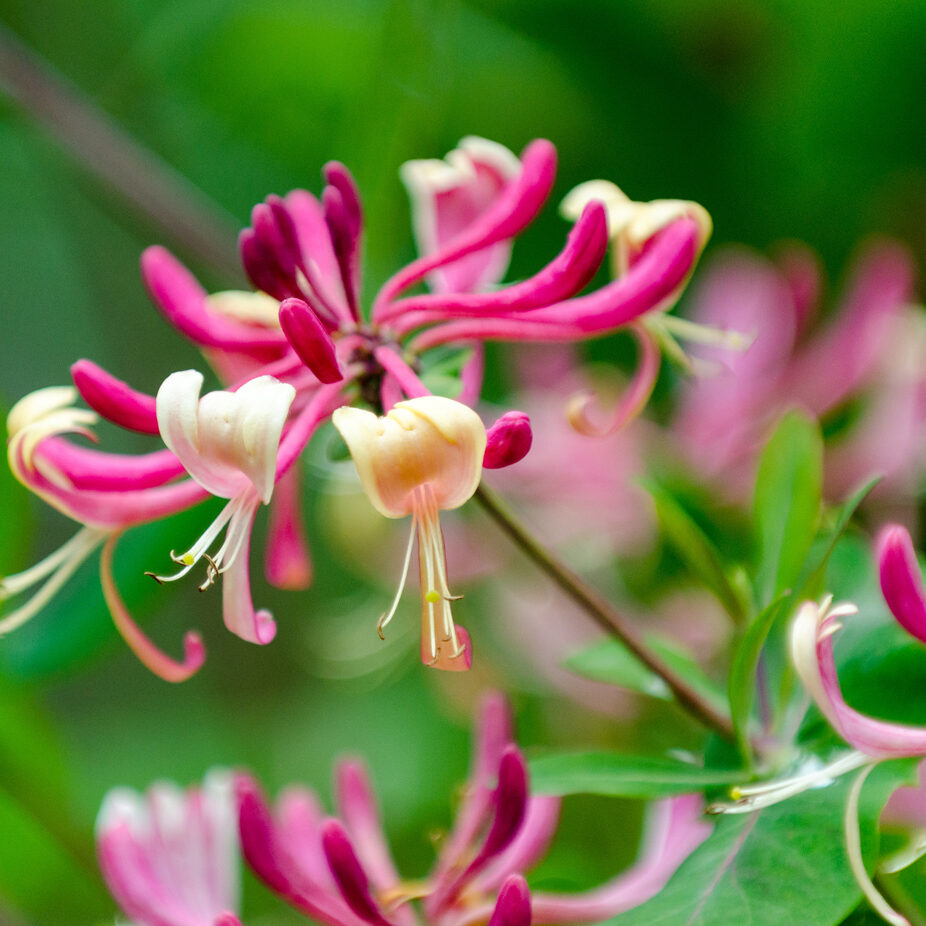
My Top Herbal Recommendations for a Babesia Infection
While antibiotic intervention with atovaquone plus azithromycin for 7-10 days after a babesiosis diagnosis is typically necessary, I recommend several herbal medicines in addition to conventional treatment as an extra level of support. Let’s explore several below:
Protecting Gut Health
Since antibiotics can wreak havoc on your microbiome and gut, it is important to protect both before, during, and after an antibiotic protocol. My favorite herbs for this purpose include:
REISHI MUSHROOM
- Helps leaky gut through anti-inflammatory action
- High in beneficial beta-glucans, glycoproteins, and triterpenes to support gut health
TURKEY TAIL MUSHROOM
- Calms inflammation
- Excellent source of prebiotics for encouraging a healthy microbiome by controlling the overgrowth of candida, while also feeding the “good” bacteria in the gut.
PLANTAIN
- Anti-inflammatory
- Soothes mucous membranes
SLIPPERY ELM AND MARSHMALLOW ROOT
- Form a protective layer that helps the gut to regenerate
LION’S MANE MUSHROOM
- High in antioxidants that cool the inflammatory response
Each of these botanicals can be found in my convenient Balanced Gut Blend.
Antimicrobial Support
For powerful antibacterial and immune support, I believe there is no better formulation than our Eastern Blend. It contains powerful extracts of Chinese skullcap, Japanese honeysuckle, Japanese knotweed, and cordyceps mushroom to enhance immunity; alleviate symptoms of inflammation; address bacterial and viral infections, including those that impact the lungs; reduce neuroinflammation and viral replication; and help relieve fatigue.
Whether you are struggling with babesiosis, another vector-borne disease, or a different health challenge, stop by my apothecary today to learn more about these and many other potent remedies that can support you along the path to wellness!
Nicole Apelian
Nicole’s Apothecary Products in this Post
References
- Paddy Ssentongo, Natasha Venugopal, Yue Zhang, Vernon M Chinchilli, Djibril M Ba, Beyond Human Babesiosis: Prevalence and Association of Babesia Coinfection with Mortality in the United States, 2015–2022: A Retrospective Cohort Study, Open Forum Infectious Diseases, Volume 11, Issue 10, October 2024, ofae504, https://doi.org/10.1093/ofid/ofae504
- Trends in Reported Babesiosis Cases — United States, 2011–2019, CDC: Morbidity and Mortality Weekly Report (MMWR), March 17, 2023. https://www.cdc.gov/mmwr/volumes/72/wr/mm7211a1.htm#:~:text=During%202011–2019%2C%20a%20total,%2C%20a%20372%25%20rate%20increase.
- “Rates of a tick-borne parasitic disease are on the rise”, Penn State Press Release, EurekAlert!, October 8, 2024. https://www.eurekalert.org/news-releases/1060407.
- Babesiosis, Columbia University Irving Medical Center | Lyme and Tick-Borne Diseases Research Center. https://www.columbia-lyme.org/babesiosis?_gl=1*mee9m8*_gcl_au*MjAyNjUxNDg2OS4xNzM0NjQ3NjY2
- What to Do After a Tick Bite, Centers for Disease Control. https://www.cdc.gov/ticks/after-a-tick-bite/index.html
- “Lyme disease cases rise, but largely due to a change in data collection” by Helen Branswell, STAT, February 15, 2024. https://www.statnews.com/2024/02/15/lyme-disease-cases-data/


